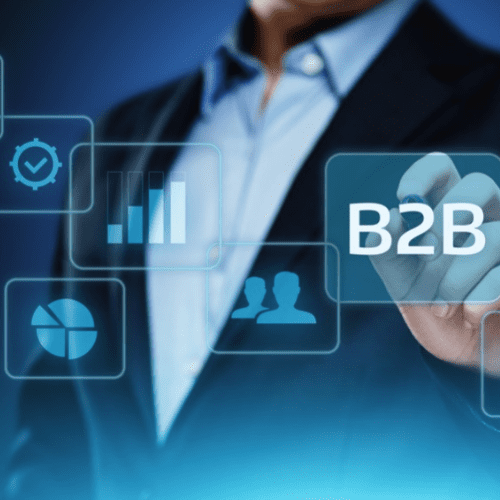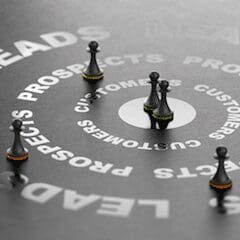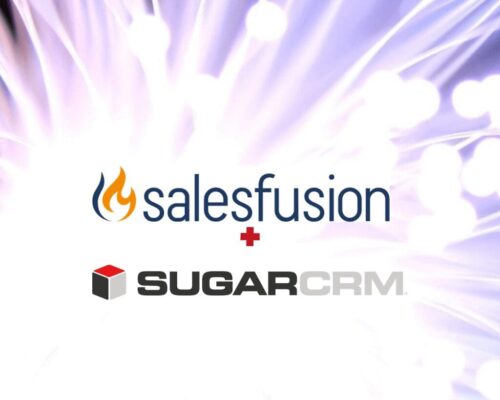According to Forbes ‘70-80% of B2B buyer prospects prefer remote interaction or digital self-service.’
A B2B buying revolution has begun. The preferences and behaviour of buyers is rapidly shifting as a result of today’s increasingly digital world. Many traditional CRM systems provide only a fragmented picture of the customer, without enough additional context to help sellers really understand and attend to their needs.
Four Main Changes in the Market
There are four trends currently taking the B2B buying market by storm: self-service buying, product-led growth, B2B e-commerce and consumption-based pricing.
1. Self-Service Buying
Forrester’s 2021 B2B Buying Survey revealed that the number of self-service buying interactions is actually greater than interpersonal buying interactions. Additionally, a recent study from McKinsey & Company indicated that a majority of buyers are willing to spend more money on self-service models than on traditional models. Buyers are seeking out independence and control over their purchasing possibilities.
Today’s buyers want to make the purchase themselves, and tell organisations when they need them to step in.
2. Product-Led Growth
Also known as PLG, product-led growth refers to allowing users to experience the product first-hand in a natural way to encourage a purchase. In order to actively promote this type of product engagement, organisations often must adapt their sales processes.
Opportunities and monetisation might not be measured by simple clicks or visits, but rather by more involved interactions with the product or company, such as demos and free trials.
What’s more, buyers don’t want to have to ask for these perks. Ideally, they are a part of the sales process from the beginning. PLG strategies have been shown to qualify prospects earlier in the pipeline and help companies scale faster, so it is an opportunity that the best B2B organisations cannot afford to overlook.
3. B2B E-commerce
E-commerce has already drastically changed the way companies interpret and respond to customer needs. Buyers now have instant access to peer feedback, product reviews and technical specs of products, thus shortening their buying cycle and, by extension, your sales cycle.
Companies must leverage this trend and strengthen their e-commerce capabilities as soon as possible. In the US, for example, companies are already feeling the rush of e-commerce purchasing. 4. Consumption-Based Pricing
As a natural consequence of e-commerce, the number of available products to the average B2B buyer has risen, resulting in decision-making becoming much more complex. In order to simplify the process, buyers look to lower the costs of evaluation, experimentation and adoption.
Consumption-based pricing is a service provision and payment scheme in which the customer pays according to the resources used. It is certainly a challenge for organisations to adapt their prices in this way – it may require a significant overhaul of quotas, revenue models and other metrics. But the benefits are clear: sellers attract more customers with this transparent and use-based approach.
Customers will willingly pay for what they will use and what they value.
Next-Generation CRM: Sugar Sell
How can sellers properly implement change in order to meet these new buyer needs?
Apart from being culturally on board with change and innovation, a company must have the proper tools at their disposal. Sugar Sell, a consolidated and intuitive CRM platform, makes it much easier to both meet buyers where they are and decide which of these four strategies to apply.
This AI-powered SugarCRM software can aggregate data from different sources, including in-house sales, marketing and service tools. It identifies patterns in customer interactions and compiles customer data such as purchase histories and conversion opportunities – further empowering reps to give the right answers quickly and confidently and, in turn, commanding greater customer satisfaction and loyalty.
Here at redk, we work hard to help your organisation stay on top of these buyer trends and implement the right CRM software that will work seamlessly for both you and your clients. As digital transformation experts, we are ready to help your company find the right tools to reach success no matter the changes that come. Get in touch today.










